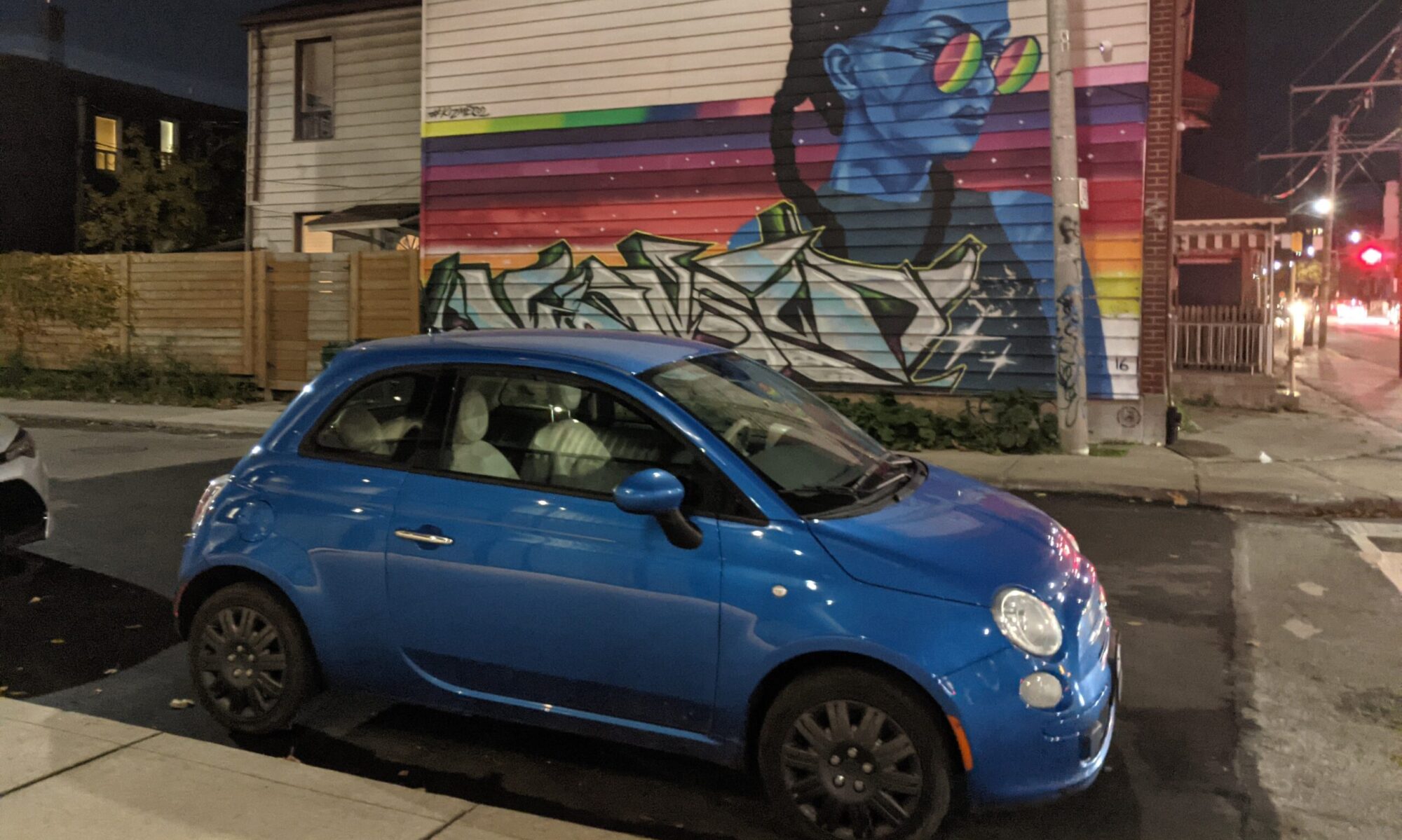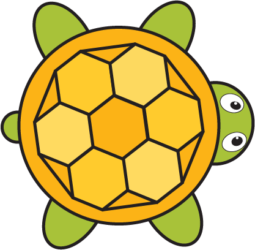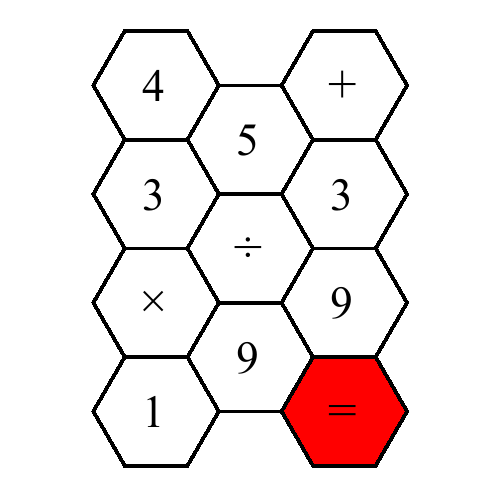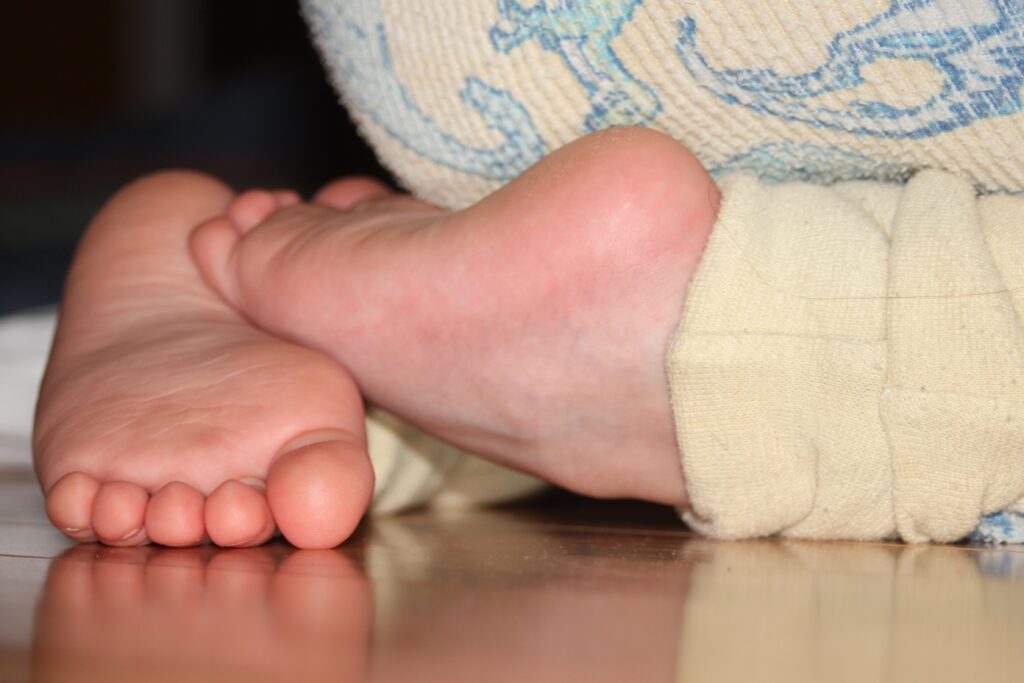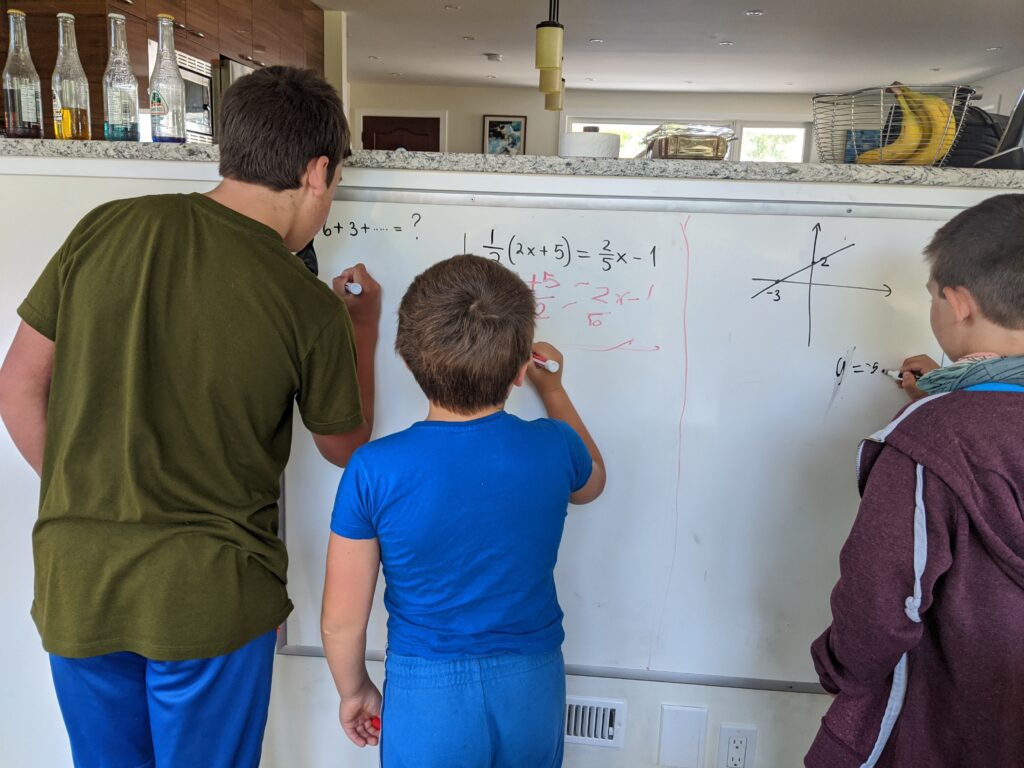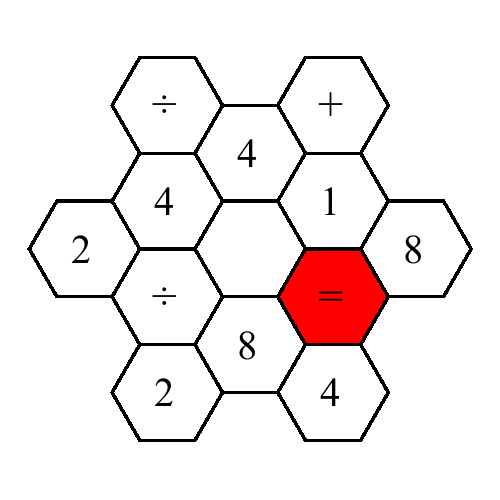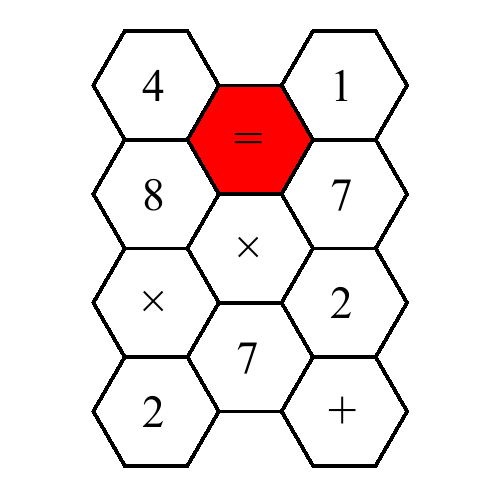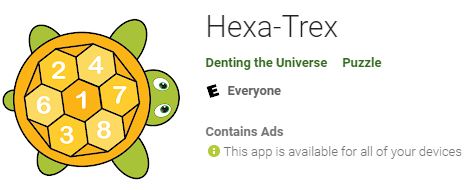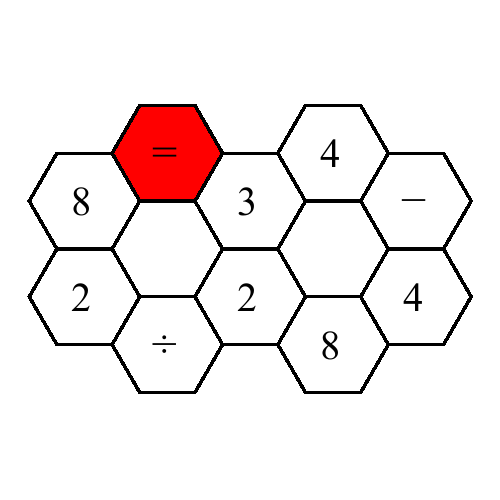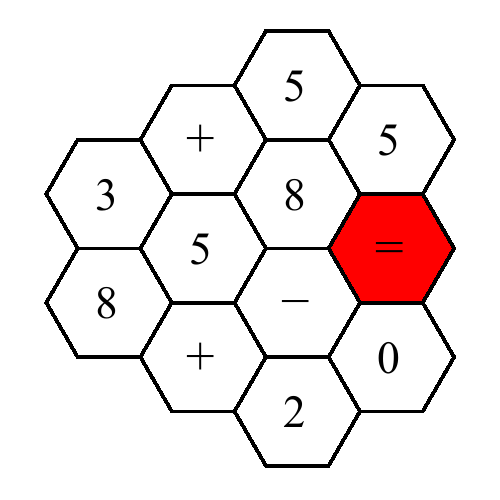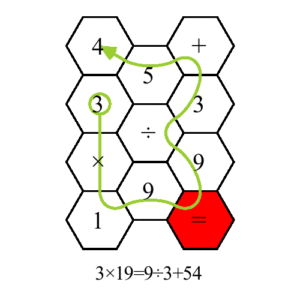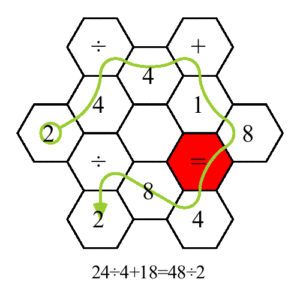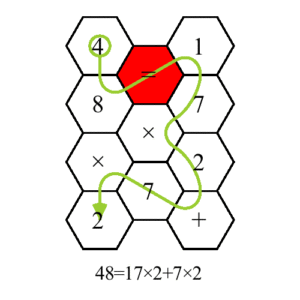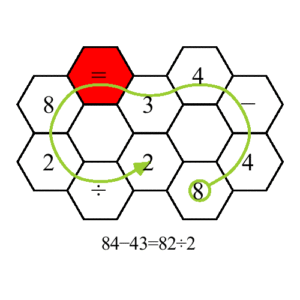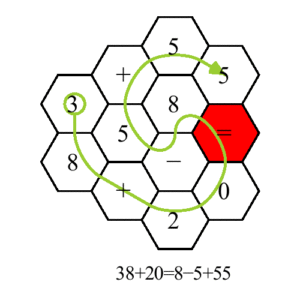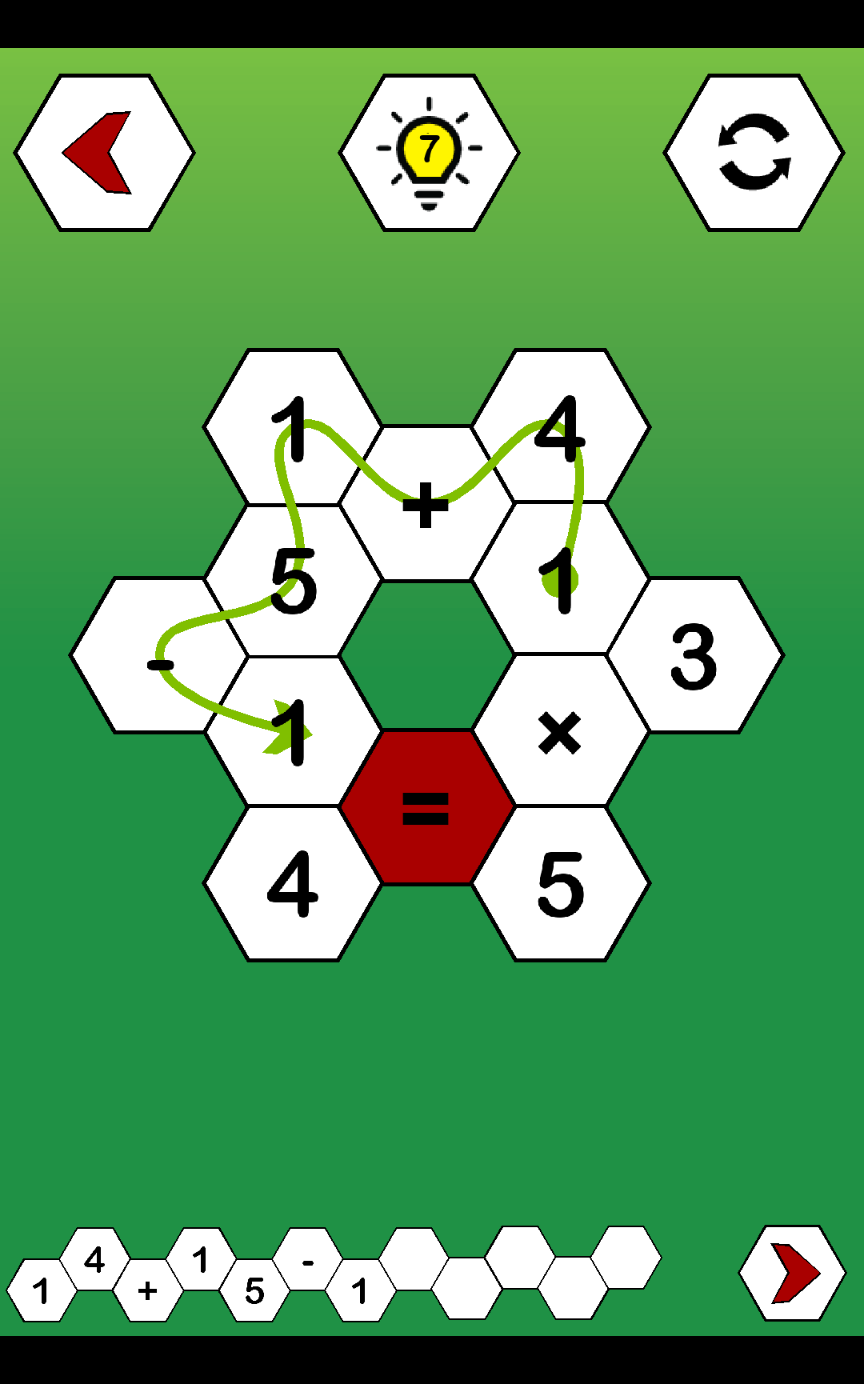
The Hexa-Trex puzzle game was selected as one of “Under the radar games of 2021” by GamesKeys.net. Here is what they write:
“Each year we release under the radar edition, in this year’s edition, we have selected some really cool games, the games are selected by testing the game play, all games have high quality graphics. Most of the games in this list are very addictive and will keep you busy for a very long time.”
Check out the article and complete list here: Under The Radar Games on Android in 2021
